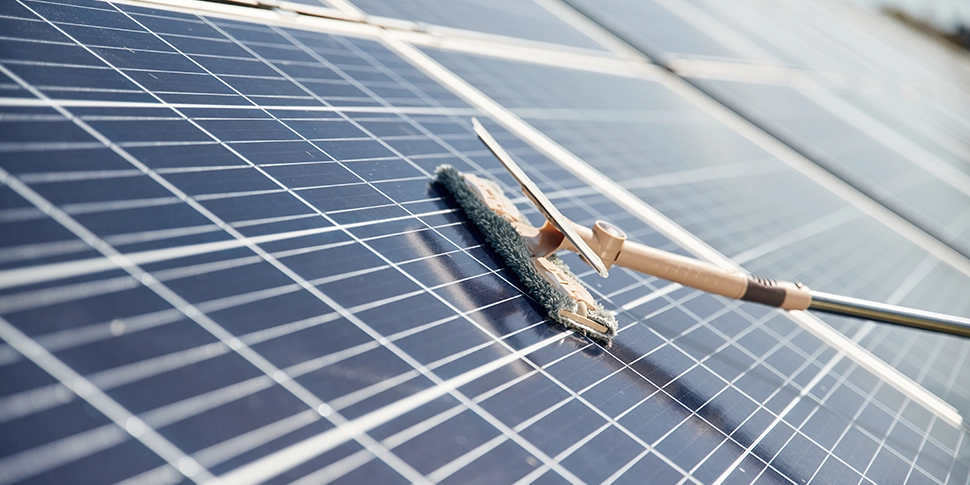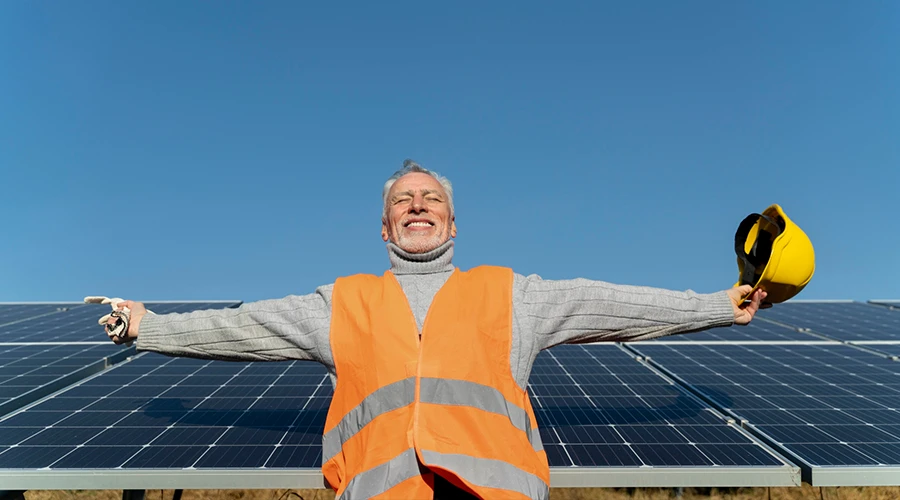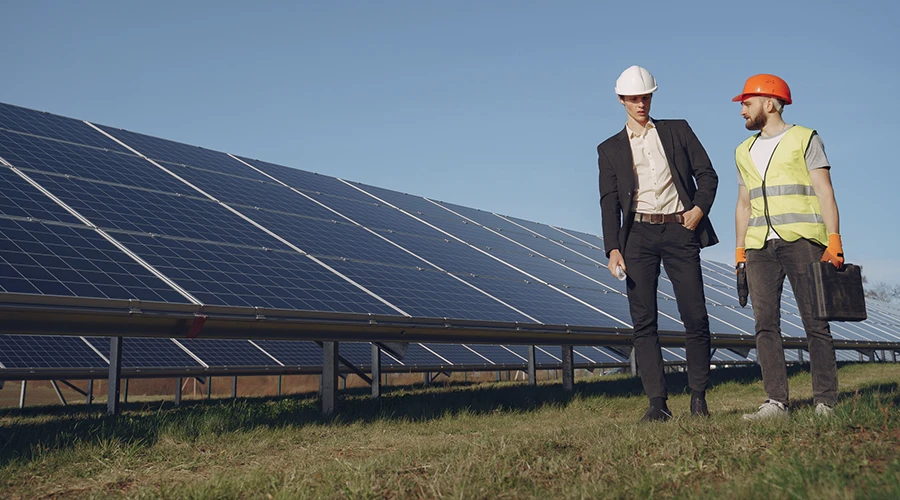Summer’s not far away. And with it come longer days, more sunshine, and the perfect opportunity to maximise your solar savings.
But here’s the thing: just because the sun is shining doesn’t mean your solar system is operating at full capacity. Like any other part of your home, solar panels need a little upkeep to stay efficient.
It’s easy to neglect the maintenance of your system because it’s just not something you see! Maybe you’ve had your system for a year or a decade, and maybe you’ve never touched it. So, here’s how to ensure it’s working at its best at all times.
1. Give Your Panels a Good Clean
Dust, bird droppings, tree sap and general grime can all block sunlight and reduce efficiency. A dirty panel can lose up to 20% of its output, especially during dry spells with little rain to wash things off naturally.
If your panels are easy to access and you’re confident on a ladder, a gentle clean with water and a soft brush can make a huge difference.
Pro tip (important): Think gentle. Never use harsh chemicals or pressure washers as they can damage the glass surface or void your warranty.
Consider hiring a professional solar cleaning service once a year or so is safer and more effective (depending on your situation).
2. Check for Shade and Growth
That tree that seemed small last year? It might now be casting shade over your panels. You’re only noticing now that it’s become so big and it’s really making a difference to your power production in the morning or late afternoon.
Shade reduces output significantly and can even affect entire panel strings if your system doesn’t have microinverters or optimisers.
Walk around your property and take a look at how sunlight hits your panels during different parts of the day. If any new foliage is creating shade, it’s time to trim.
3. Look at Your Inverter
Your solar inverter is the brains of the system and is often the first place performance issues will show up. It should display a green light or “normal” status when working correctly.
If you see red lights, flashing error messages, or no lights at all, it’s time to call a professional.
Inverters usually last 10–15 years, so it’s wise to keep an eye on ageing inverters. If yours is approaching that age, a pre-summer checkup could catch issues before they cause a full shutdown.
Pro tip: Of course, you probably can detect when your system skips a beat with your app. Check historical performance so you can check how well it is operating.
4. Compare Output to Previous Months
If your system has online monitoring or a tracking app, check how your current performance compares to last summer.
A drop in output with the same sunlight hours could indicate dirty panels, inverter issues, or a faulty connection.
Not sure how to read the data? Your installer or solar electrician can walk you through it, or do a full system check for you.
5. Book a Professional Solar Health Check to Improve Solar Performance
Even if everything seems fine, a licensed technician can often spot minor issues before they turn into expensive faults.
A professional inspection might include:
- Panel cleaning
- Connection and wiring checks
- Inverter diagnostics
- Roof mounting inspection
- Shade assessment
It’s a small investment that can save a big headache. You’d rather catch a problem before your system is out of warranty, right? Bottom line: It pays to check in on your inverter from time to time.
Don’t wait until your summer bill arrives to realise your solar system isn’t pulling its weight.
Need help tuning up your panels or checking your system?
SWIFT Solar & Electrical offers full-service solar inspections and panel cleaning for homes across the Sunshine Coast. Book early before the summer rush. You can reach us on 0422 251 734.



